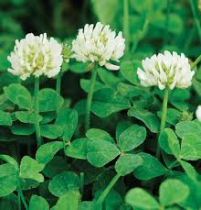
Hey, it was the 80s, and we were Gay Urban Pioneers. Of course we over-planted the yard.
If you Google Earth our address (yes, that is a verb: what a language!), you won't see the house at all. The neighbors' houses, yes, but in between them: the magic forest. Think of it as warding: urban invisibility.
Living in a sea of trees as we do, of course we're well populated with squirrels. We've got a whole clan of them living around us; just now in late January, the trees are filled with their drays. (Yes, English actually does have a word referring specifically to a squirrel's nest. When I hear people bemoaning the poverty of our language, I smile and say nothing.)
I call them the White Ears clan. They're standard issue Midwest gray squirrels, Sciurus carolinensis, but unusual in that their outer ears are white, not gray like the rest of their fur. Clearly there's a gene for albinism in this population, and every few years we actually see a white squirrel among them. In fact, there was one just last summer.
White squirrels don't usually last for very long: their hyper-visibility puts them at a disadvantage when it comes to predators. But for me a Year of the White Squirrel is always an opportunity to take a little extra time to appreciate the beauty of squirrels. Living among so many of them as we do, it's easy to forget just what amazing little beings they actually are.
Albinism and melanism are both recessive traits, but they're actually pretty common among the urban squirrel population here; most neighborhoods have at least one black or white squirrel. I'd never given this fact much thought until I heard something that Arvol Looking Horse said in 2009.




















